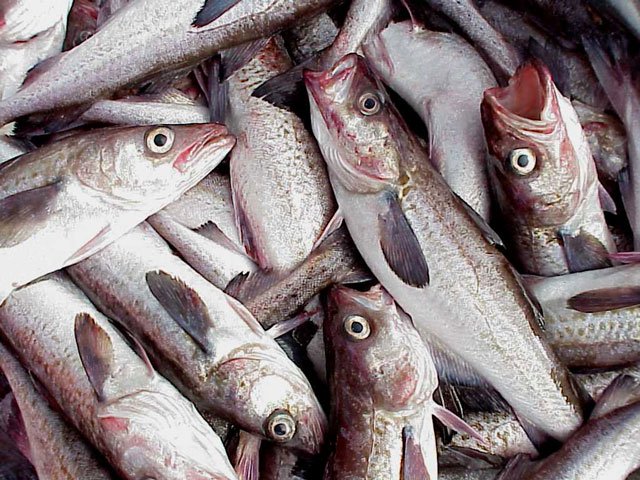Alaska pollock quotas rose for 2020, and some market sectors remained unscathed by covid-19.
The total allowable catch for the Bering Sea had been set at 1.42 million metric tons, with another 19,000 metric tons coming out of the Aleutian Islands harvest area. While the Aleutians TAC has remained unchanged in recent years. numbers for the Bering Sea have been nudging upward from 1.34 million metric tons in 2018 and 1.39 million metric tons last year.
The TAC for the Gulf of Alaska has also risen slightly from last year’s 112,000 metric tons with 115,930 metric tons on tap for this year’s season.
While many sectors of the seafood industry have been hit hard by global effects of the virus, ubiquitous demand for pollock in its many product forms has kept volumes moving to frozen markets.
“The frozen food category has performed really well during covid,” says Craig Morris, CEO of Genuine Alaska Pollock Producers in Seattle. “Europe is exactly like the United States, and frozen food sales are through the roof.”
As might be expected, the story hasn’t been so bright for pollock funneled toward fast-food end markets. Widespread closures of restaurants in many countries put a crimp in demand for fish sticks and fillet products.
“The foodservice markets have faced some challenges,” says Morris.
Meanwhile, domestic consumption of pollock products (some Alaska single frozen and some imported) increased by 38 percent in 2019, according to a report from GAPP. Consumption had fallen into a dip in 2017 and 2018, but Morris adds that markets saw a resurgence back to what it was in 2016 during one year. The increase brings annual per capita pollock consumption to just under 1 pound per American.
Better yet, domestic consumption of wild, single-frozen Alaska pollock climbed to an all-time high of 59 percent of the total U.S. consumption, which includes imported, reprocessed product from other countries.
Surimi products showed increased interest domestically. According to the GAPP report, a higher percentage of U.S.-produced surimi remained in the domestic market instead of the export market. U.S. consumption of surimi products increased to 4,000 metric tons, according to the 2020 report.







